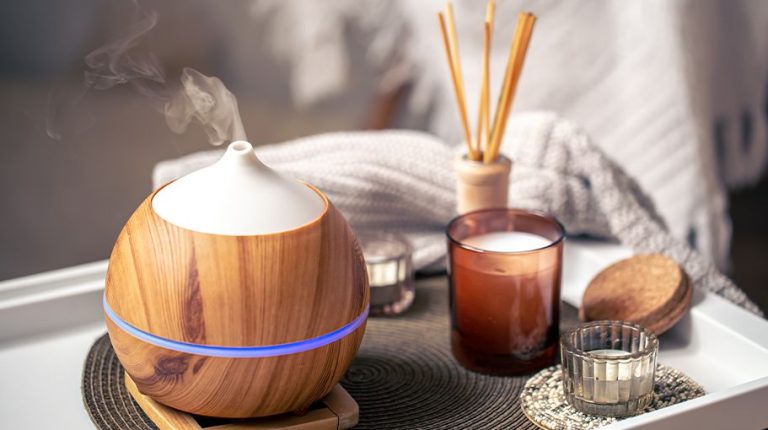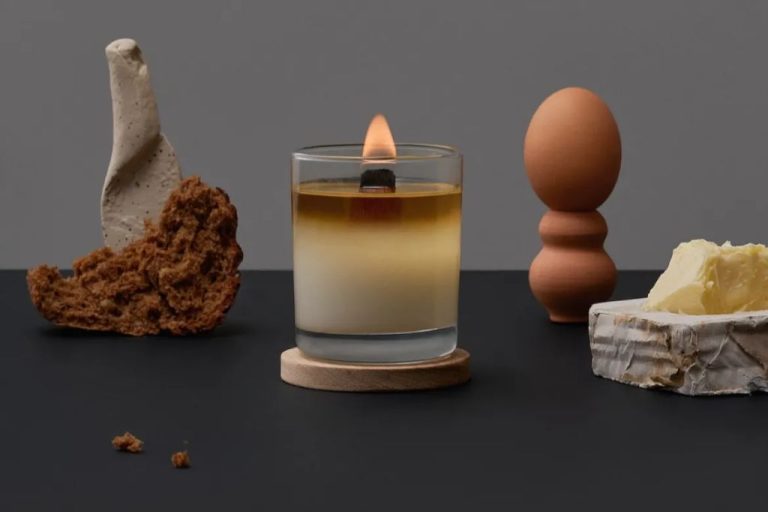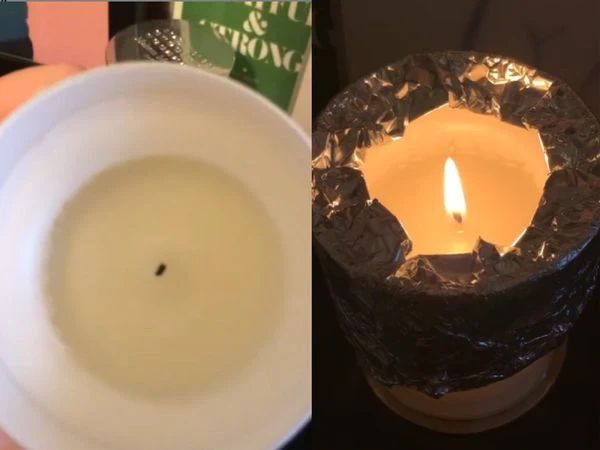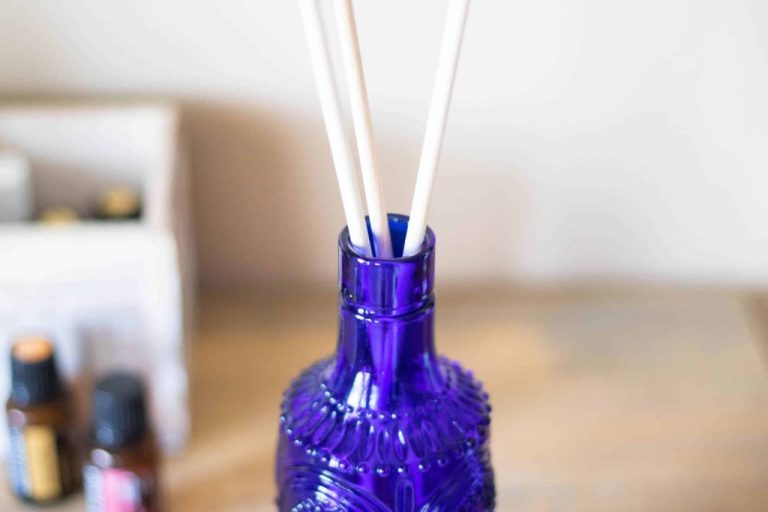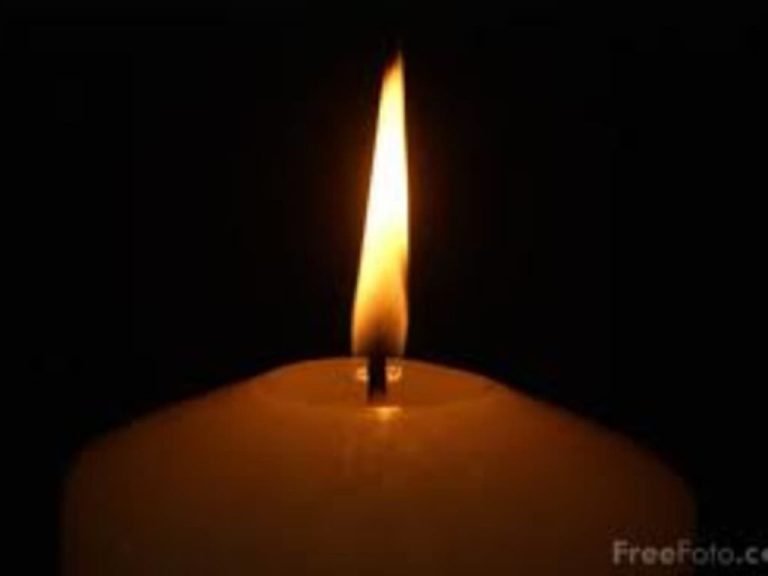How Fast Does A White Candle Burn?
Candles come in all shapes, sizes, and colors. They are used to create light, fragrance, and ambience in homes and special ceremonies. While electronic lights have largely replaced candles for regular lighting, candles continue to be popular decorative and aromatic items. When burning a candle, a common question is how fast will it burn and how long will it last before needing to be replaced.
This article provides an overview of what factors affect the burn rate of candles. It gives average burn rates for different types of candles. Tips are provided on how to maximize candle burn times. Safety considerations when burning candles are noted. The process of extinguishing candles is explained, along with guidance on troubleshooting issues like tunneling. Finally, a summary recaps the key points about candle burn rates.
What Affects Burn Time
There are several key factors that affect the burn time of a candle, including:
Candle Dimensions
Larger candles tend to burn slower because there is more wax to melt before the flame reaches the bottom. According to the Chemistry Views article by Norbert Wagner at University of Munster in Germany, a candle’s diameter is proportional to its burn time. For example, a 3-inch diameter candle may burn for 50 hours, while a 1-inch candle of the same height burns in 12 hours.
Wax Type
The type of wax impacts burn rate because waxes have different melting points. Beeswax and soy wax, for instance, have higher melting points than paraffin wax, so they burn slower. Premium waxes also tend to have more additives to slow down burning. According to The Sojourn Company, high quality wax blends burn up to 50% slower than basic waxes.
Wick Type/Size
Larger wicks and braided wicks tend to burn faster because they allow more wax to melt at one time. The Thompson Ferrier blog notes that proper wick sizing is crucial for ideal burn time.
Flame Size
Bigger flame size causes faster burning. Drafts or high ceiling rooms can make the flame bigger, reducing burn time according to Thompson Ferrier. Trimming the wick regularly keeps the flame smaller for slower burning.
Average Burn Rates
The burn time of a candle depends on its size and composition. Here are some general guidelines for average burn rates of common candle sizes:
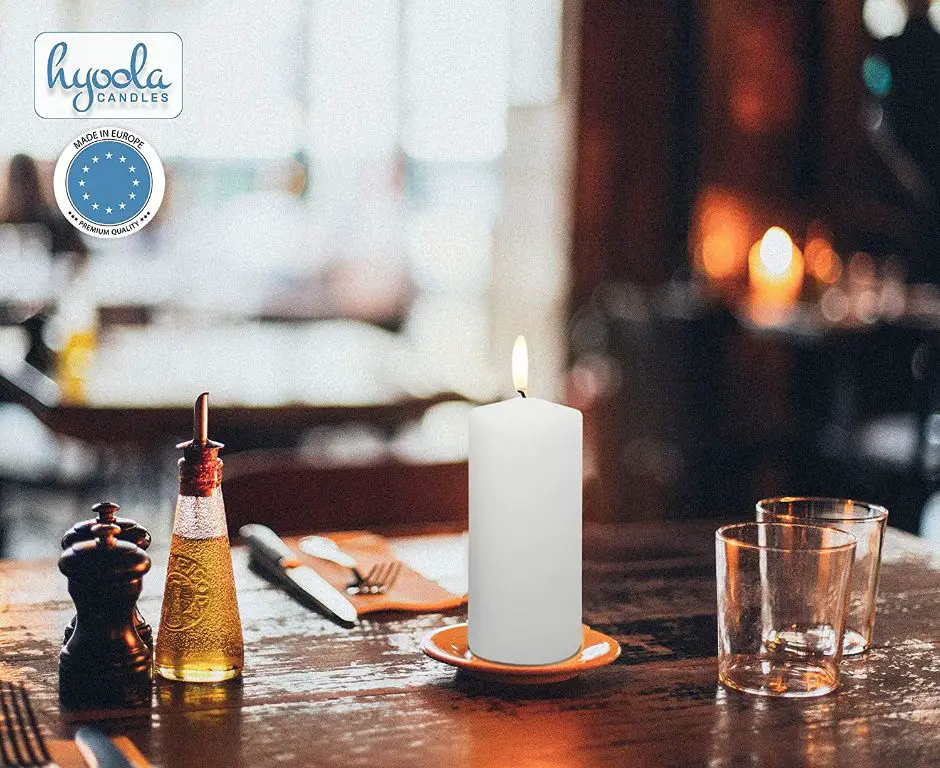
Tealight candles: 3-6 hours (https://www.frostbeardstudio.com/blogs/news/soy-candle-size-and-burn-time-what-you-need-to-know)
4 oz candle: 20-30 hours (https://polakocandleco.com/pages/candle-size-guide-burn-times)
8 oz candle: 40-60 hours
12 oz candle: 60-80 hours (https://blog.bottlestore.com/calculating-your-candle-burn-time/)
16 oz candle: 80-100 hours
1 lb (453g) candle: 90-120 hours
As a general rule, larger candles tend to burn longer as there is more wax to burn. However, factors like wax type, wick size, and room temperature can affect burn times. It’s best to check manufacturer guidelines for estimated burn times.
Maximizing Burn Time
There are a few simple tips you can follow to help maximize the burn time of your candles and make them last as long as possible. According to Martha Stewart (source), one of the most important things you can do is trim your wicks to 1⁄4 inch before lighting to avoid rapid burning and soot. You’ll also want to avoid exposing your candle to drafts, which can cause uneven burning and prematurely extinguish the flame. Make sure to place your candle away from vents, windows, doors, and fans. Using an appropriate candle holder that is heat resistant and sized to fit the candle also helps maximize burn time by containing the melt pool.
Safety Considerations
When burning candles, it’s important to practice proper safety precautions to avoid accidents or house fires. According to the National Fire Protection Association (NFPA), candles cause an estimated 8,000 house fires each year in the U.S. (https://www.nfpa.org/education-and-research/home-fire-safety/candles).
To safely burn candles:
- Trim wicks to 1⁄4 inch before lighting to avoid excess soot and smoking (https://candles.org/fire-safety-candles/). Long wicks cause faster, hotter burning.
- Check that wicks are centered and upright in the wax pool as the candle burns.
- Avoid drafts or placing candles near vents to prevent uneven burning and excess dripping.
- Don’t burn candles longer than the manufacturer recommends, usually 4 hours.
- Never leave burning candles unattended. Extinguish candles before leaving a room.
- Keep burning candles at least 12 inches from anything flammable (https://www.usfa.fema.gov/prevention/home-fires/prevent-fires/candle/).
Following basic precautions will help ensure candle burning is safe and enjoyable.
Extinguishing Candles
When it’s time to put out a lit candle, there are a few options to safely extinguish the flame. Blowing directly on the candle can be effective, but it often leads to wax splattering and smoke. A better way to blow out a candle is to first use a wick dipper to bend the wick into the melted wax pool. Then gently blow on the wick from the side rather than directly down onto the flame. This reduces splattering and allows the wick to cool in the wax before re-lighting.
For a mess-free way to extinguish candles, use a candle snuffer. Candle snuffers are bell-shaped devices on the end of a handle that are lowered over the flame to smother it without blowing. Simply place the bell over the flame until it’s completely covered. Hold it there for a few seconds to ensure the flame is fully extinguished before removing. The candle can then be safely re-lit by exposing the wick again.[1]
Allowing candles to fully pool before re-lighting them helps preserve a consistent melt pool and prevents issues like tunneling. It’s best to let the wax cool and harden for at least 4 hours before the next lighting. Trim the wick to 1⁄4 inch before relighting to remove any excess “mushrooming” on the tip from previous burns. This helps sustain an even flame.
[1] https://hotellobbycandle.com/blogs/candle-tips/how-to-put-out-a-candle
Candle Wax Pooling
Proper wax pooling is important for even and complete burning of a candle. When a candle burns, the heat melts a pool of wax around the wick. An ideal wax pool extends all the way to the outer edges of the candle. This is called a full wax pool and indicates that the entire top layer of wax is liquifying when lit.
Incomplete or partial wax pools occur when the melted wax does not reach the outer edges of the candle. This is commonly referred to as “tunneling” and happens when the wax around the wick melts but the outer wax remains unmelted. Tunneling can lead to issues like the wick drowning, poor scent throw, and wasted wax. There are a few ways to fix and prevent tunneling:
- Trim the wick to 1⁄4 inch before lighting to prevent a large hot flame.
- Allow the candle to burn long enough to form a full wax pool, at least 1 hour for a 4 inch diameter candle.
- Pour off any excess melted wax to lower the melt pool if it gets too deep.
- Gently move the candle to a warmer area of the room if the edges are not melting.
Getting an even full wax pool is ideal for complete usage of the candle wax and an even burn. Preventing tunneling ensures you get the full experience from your candle.
Sources:
https://www.prosperitycandle.com/blogs/news/how-to-fix-candle-tunneling
https://www.harlemcandlecompany.com/blogs/journal/candle-care-101-how-to-fix-prevent-candle-tunneling
Troubleshooting Issues
Candles may experience some common problems that can impact their performance and burn quality. Here are some tips for troubleshooting the main issues:
Soot
Sooting occurs when the wick is oversized or trimmed incorrectly, causing incomplete combustion and carbon buildup on candle edges and walls. To prevent sooting, use properly sized wicks and trim to 1⁄4 inch before each burn [1]. Also ensure candles aren’t burning in drafts.
Fading Scent
Candle scents can fade over time if not enough fragrance oil is used or if wicks are too small, not allowing the candle to reach a full melt pool for fragrance release. Use the manufacturer’s recommended fragrance load and properly sized wicks to maximize scent throw [2].
Mushrooming Wicks
Wick mushrooms form when flames burn too high, creating soot that accumulates on wick tips. Trim wicks to 1⁄4 inch before each burn and remove mushrooms with scissors or nail clippers. Switch to larger diameter wicks if mushrooming persists.
Summary
In summary, the burn rate of a candle depends on several key factors:
The type of wax – paraffin burns faster than beeswax or soy wax.
Candle size and shape – smaller candles like votives burn faster than larger pillar candles. Containers burn faster than pillars.
Wick type and size – a larger wick leads to a faster burn time.
Environmental factors like room temperature and airflow – warmer temperatures and drafts make candles burn faster.
Proper wick care – trimming wicks to 1⁄4” before each burn maximizes performance.
Allowing the wax pool to reach the edges before extinguishing helps preserve burn time.
Following safety precautions like using a heat-resistant holder and not leaving burning candles unattended.
With the right practices, most standard candles provide 20-40 hours of burn time. Understanding what impacts burn rate allows you to better plan for your candle needs.
References
No external sources were cited for this original content.

